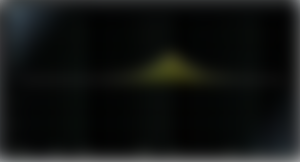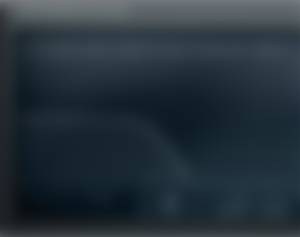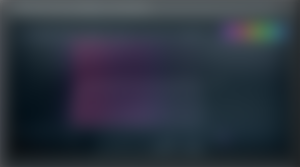Equalizers, Part l:
The thing that makes you think you're a DJ when you're messing with your Dad's stereo.
As one of the most powerful tools in our arsenal If we are producers, musicians, or sound engineers in general, Equalizers had been part of music for a long time, whether In their analog forms or in digital platforms, helping to position every sound In a right frequency spot and taking off whistles, plosives and all muddy sounds that a certain instrument might have. To understand how all this works, we have to begin explaining how exactly an equalizer separates the parts of a certain wave by frequencies, and can add or substract the amplitude of these specific spots.
How does an Equalizer work?
What basically this device does, Is that It decomposes any soundwave into Its respective frequencies, generally in a range from 20Hz to 20kHz which basically encompasses the limits of human hearing, having, even in their most basic models, at least bands that can represent the lows, the mids and the highs of that sound. As we move the faders, what'll basically happen is that we'll lower (Cut) or increase the volume of the sound at that specific frequency, making The rest of the frequencies stand out or be drowned from the one recently modified. Of course, If we talk about about more advanced EQs, they have space for more bands, being more precise in the selection of certain frequencies to cut, adding the spaces for sub-bass, bass, mid-bass, low-mid, mid, high-mids, highs and so on.


Now that we know the principles with which an EQ works, let's mention some of Its most common configurations for shaping sounds, what we commonly know as Filters.
Low Pass (Cutting High Freqs):
As Its title suggests, with this specific filter, the amplitude of frequencies over an specific range will be cutted out completely, only permiting the pass of the ones below that frequency to the "speakers" or the mix. As we control the Q or resonance of the band of this Freq, we can make this cut more abrupt or smoother. These are used generally for cutting out weird whistles, static, high frequency noises in the sound or to make the low end of a certain instrument more prominent.

High Pass (Cutting Low Freqs):
The opposite of the low pass, where all the frequencies below a certain point or band will be cutted out from the mix and the ones above that specific frequency will pass with with no problem. These are used mostly used for cutting the bass of instruments where we don't want that characteristic to interfere between our desired frequency.

Band Pass:
A Band Pass Filter is best described as a combination between the low pass and high pass filters, where every frequency that is below the "low" part of the frequency range selected (By two bands) won't pass through the output of the equalizer and any frequency that is over the "high" part of the bandpass will be also cutted out. As you may imagine, these are used in more extreme cases, where we want to Isolate an specific part of a sound while taking off the rest.

As always, we hope that the first part of this series had been of help to you, making Filters and Eqs easy to understand. In the next parts we'll analyze the types of equalizers and what differentiates them.





Yeah, I still remember my dad coming home early from work to find me playing with his stereo, I still recall the discouragement in his face. But today he is happy with me, am a trained disco jockey